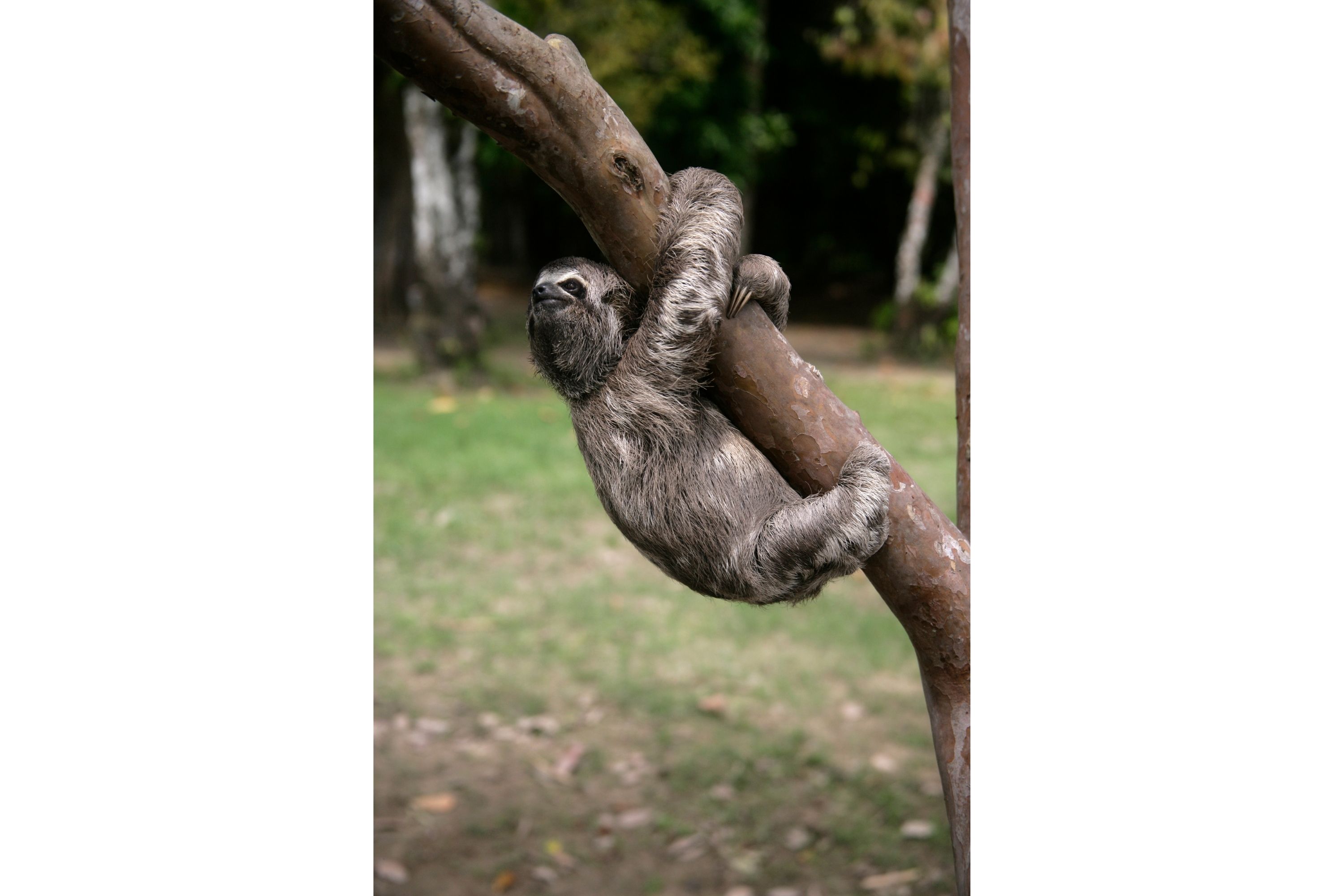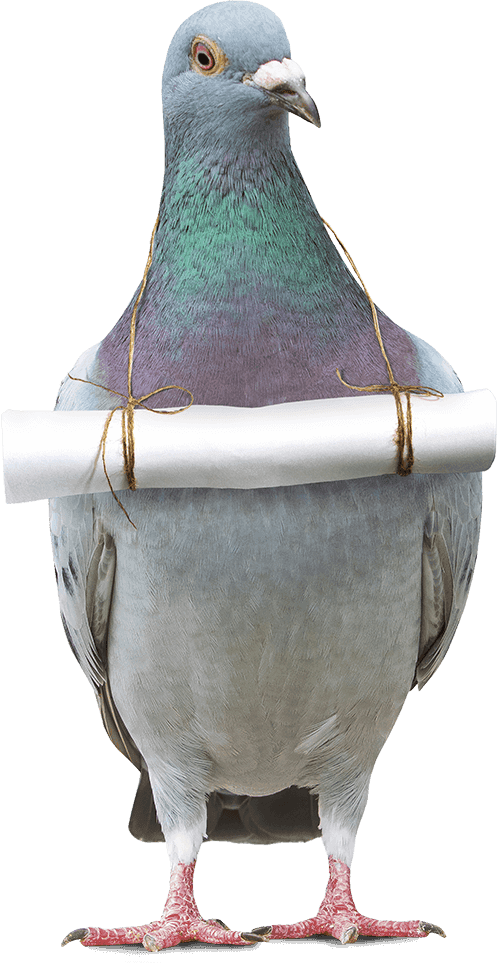Pale-throated sloth
(Bradypus tridactylus)

Description
The pale-throated sloth (Bradypus tridactylus), occasionally known as the is a species of three-toed sloth that inhabits tropical rainforests in northern South America. It is similar in appearance to, and often confused with, the brown-throated sloth, which has a much wider distribution. Genetic evidence has been interpreted to suggest the two species diverged only around 400,000 years ago, although the most recent evidence indicates the split was closer to 6 million years. Pale-throated sloths have a rounded head with a blunt nose and small external ears. The limbs are long and weak, with the arms being nearly twice the length of the hindlimbs. The hands and feet each have three digits, armed with long, arched claws, with the middle claw being the largest and most powerful. Males are 45 to 55 centimetres (18 to 22 in) in head-body length, with a short, 4 to 6 centimetres (1.6 to 2.4 in), tail, and weigh from 3.2 to 6 kilograms (7.1 to 13.2 lb). However, the females are noticeably larger, being from 50 to 75 centimetres (20 to 30 in) in length, and weighing 3.8 to 6.5 kilograms (8.4 to 14.3 lb). The body is covered with coarse guard hairs up to 10 centimetres (3.9 in) long, with a finer undercoat. Green algae live mutualistically between the microscopic scales on the surface of the guard hairs, giving the sloth a somewhat greenish appearance that serves as camouflage. Adults are blackish-grey over most of the body, with darker patches distributed over the backs, shoulders, and hips. Males have a bright yellow or orange patch on the back, divided by a central black stripe. Pale-throated sloths are difficult to distinguish from the closely related brown-throated sloth, but, as their name implies, have a pale yellow patch on the throat. The young are born already fully furred, and with open eyes. The young animal clings to the mother's underside for the first month of life, by which time it has reached a weight of around 300 grams (10 oz). They begin to take solid food at three weeks, and are fully weaned some time after the first month. The young initially have soft greyish-brown fur, which darkens and becomes rougher as they age.They reach sexual maturity at around three years.
Taxonomic tree:







